On the afternoon of May 17, Binh Dan Hospital (HCMC) announced that doctors at this hospital had just performed timely surgery to save Ms. NTNG (34 years old) whose tilapia bone had pierced her esophagus and punctured her thoracic aorta.
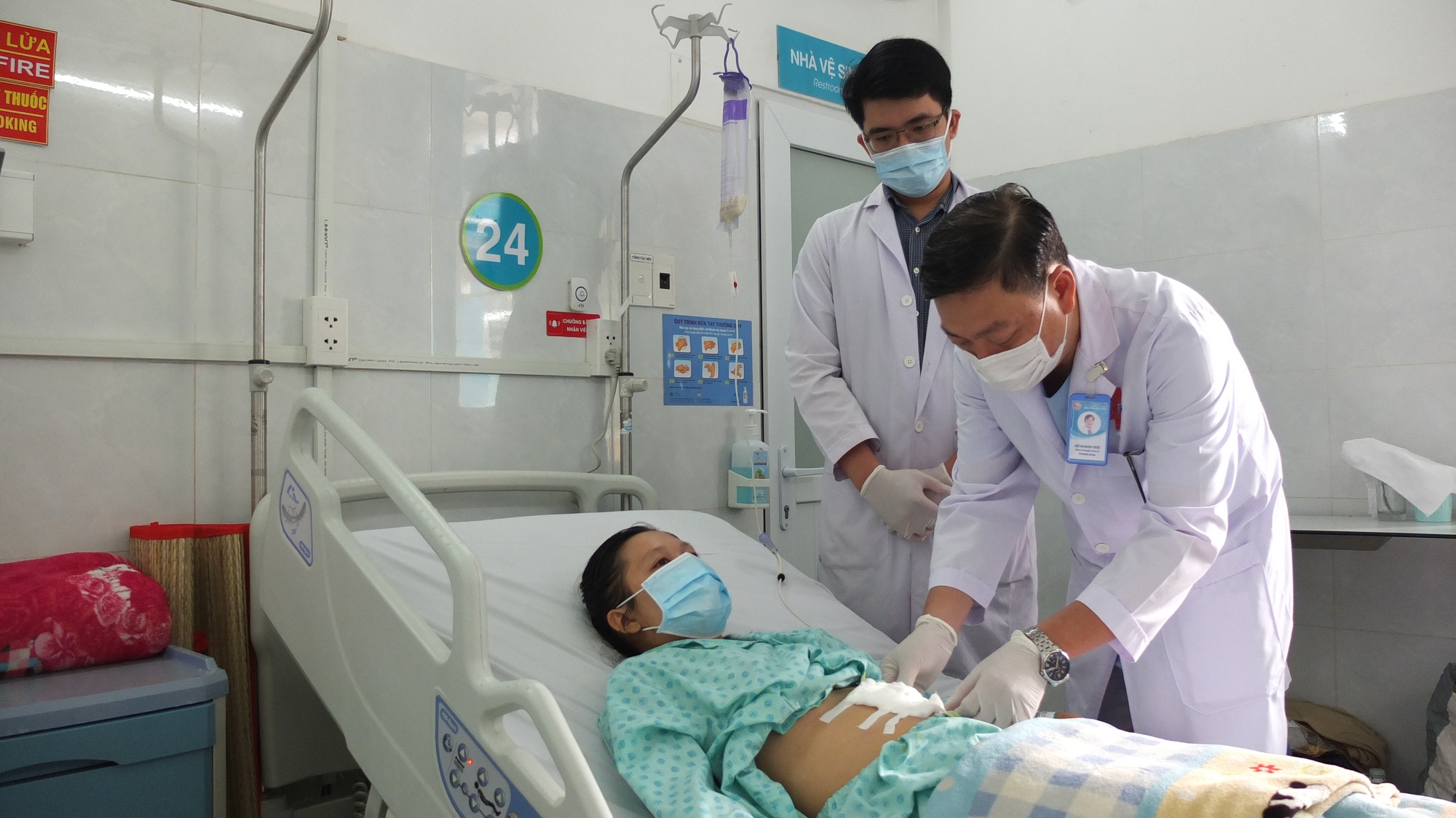
The patient is examined by a doctor after surgery. (Photo: Provided by the hospital)
Taking a medical history, Ms. G. bought tilapia to cook for lunch. While eating, she felt discomfort in her throat, so she swallowed a few more mouthfuls of rice, then felt chest pain. Thinking that it was due to fatigue from her business, she lay down to rest. That afternoon, the pain did not subside, so she went to the doctor and was diagnosed with gastroesophageal reflux.
After two days of treatment, the chest pain and difficulty swallowing became worse, so she went to a private clinic in the city for a check-up. Through esophageal endoscopy and CT scan, the doctor discovered a part of the foreign object like a fish bone embedded in the esophagus, approaching the thoracic aortic arch. The clinic determined that this was a large artery, and if the foreign object penetrated, it could cause the patient to die from acute blood loss, so they transferred her to Binh Dan Hospital for emergency treatment.
Clip of patient being visited after surgery.
At Binh Dan Hospital, Ms. G. had a fever, was lethargic, had chest pain and was very tired. Doctors determined that the foreign object was complicated, so they held a hospital-wide consultation with specialists and coordinated with doctors from the Ho Chi Minh City Heart Institute to perform surgery.
Dr. Ho Khanh Duc, Head of the Department of Cardiovascular Surgery, Binh Dan Hospital, said that before surgery, the patient faced the risk of a foreign object piercing the thoracic aorta, causing massive blood loss leading to death, and a perforated esophagus, allowing bacteria to enter the mediastinum, causing mediastinal empyema. This is a serious complication that can cause death in a short time.
"Therefore, doctors need to intervene quickly to perform three goals simultaneously in one surgery: suturing the thoracic aortic perforation; suturing the esophageal perforation; and removing foreign objects from the patient's body," said Dr. Duc.
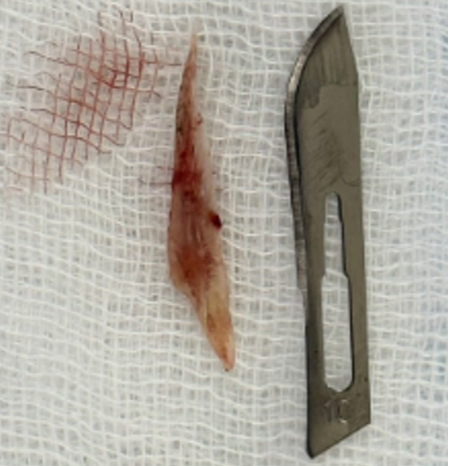
The fish bone piece removed by the doctor was about 3 cm long and 0.6 cm wide at its widest point. (Photo: Provided by the hospital)
The doctors opened the left chest, searched for the puncture to suture the thoracic aorta. Then, they continued to explore the esophagus and found that the foreign object had penetrated the esophageal wall, out of the chest, and punctured the thoracic aorta. Notably, the fish bone fragment was no longer in the position as on the previous CT scan but was floating freely in the patient's chest.
"The fact that a foreign object with a sharp edge leaves the esophagus, carries bacteria, punctures the thoracic aorta and is moving freely in the mediastinum is extremely dangerous. Because this is the area that contains most of the body's important organs and blood vessels. The patient can die from aortic perforation causing blood loss or inflammation, mediastinal abscess due to bacteria, digestive fluid escaping into the mediastinum" - Doctor Duc warned.
After nearly 30 minutes of searching, the team identified the foreign object and removed it. The fish bone was about 3 cm long and 0.6 cm wide at its widest point. After 1 week of surgery, the patient is now healthy and has been discharged from the hospital.
Dr. Nguyen Phu Huu, Deputy Head of the Department of Gastroenterology, Binh Dan Hospital, said that in emergency cases of swallowing foreign objects in the digestive tract, fish bones are the most common foreign objects. In many cases, the victim does not know that they have swallowed foreign objects. If they move down the digestive tract, foreign objects such as fish bones, toothpicks or sharp objects can penetrate the abdominal cavity or create an infection in the abdomen or chest. However, cases of fish bones piercing the esophagus and then penetrating the muscle tissue, tearing the thoracic aorta are very rare and extremely dangerous.
Doctor Huu also recommends that when preparing food, hard and sharp bones should be removed to avoid the risk of swallowing foreign objects. In addition, during or after meals, especially when eating foods with hard and sharp bones, if you suddenly feel pain in the chest or abdomen, you should think about the possibility of having swallowed a bone. When you know you have swallowed a foreign object, you should go to a medical facility immediately for timely and effective treatment. Patients should not try to swallow more food or drink water to "wash it down" because there is a risk of damaging the digestive tract, leading to infection and dangerous complications.
Source




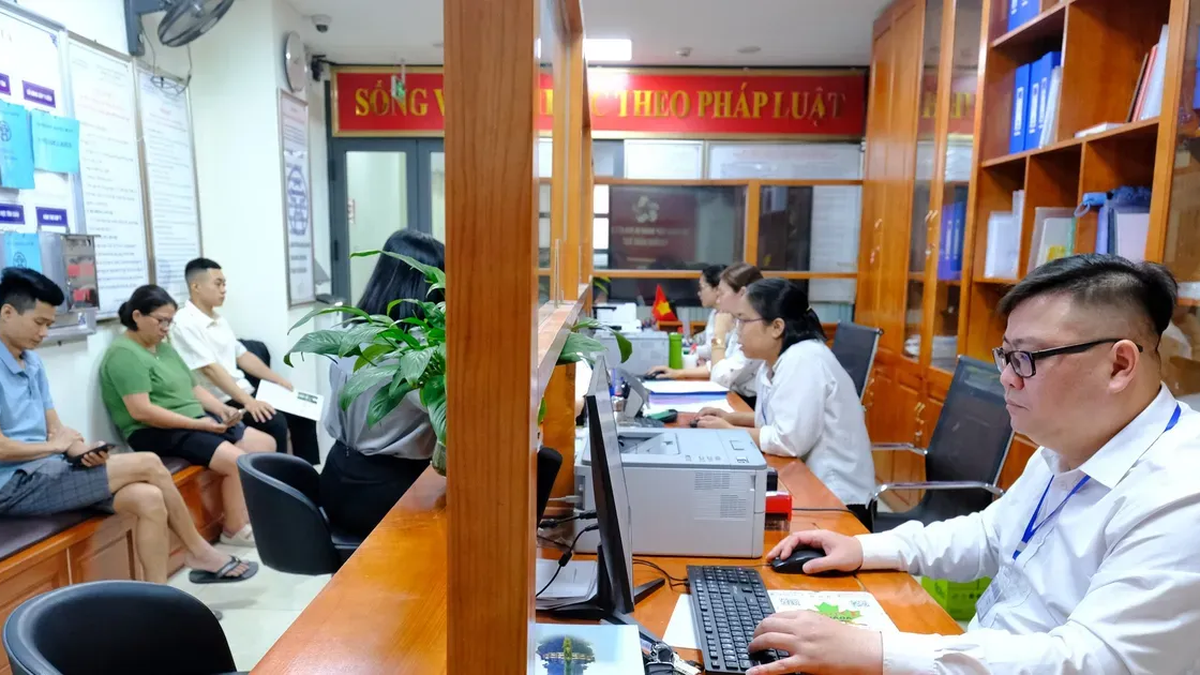



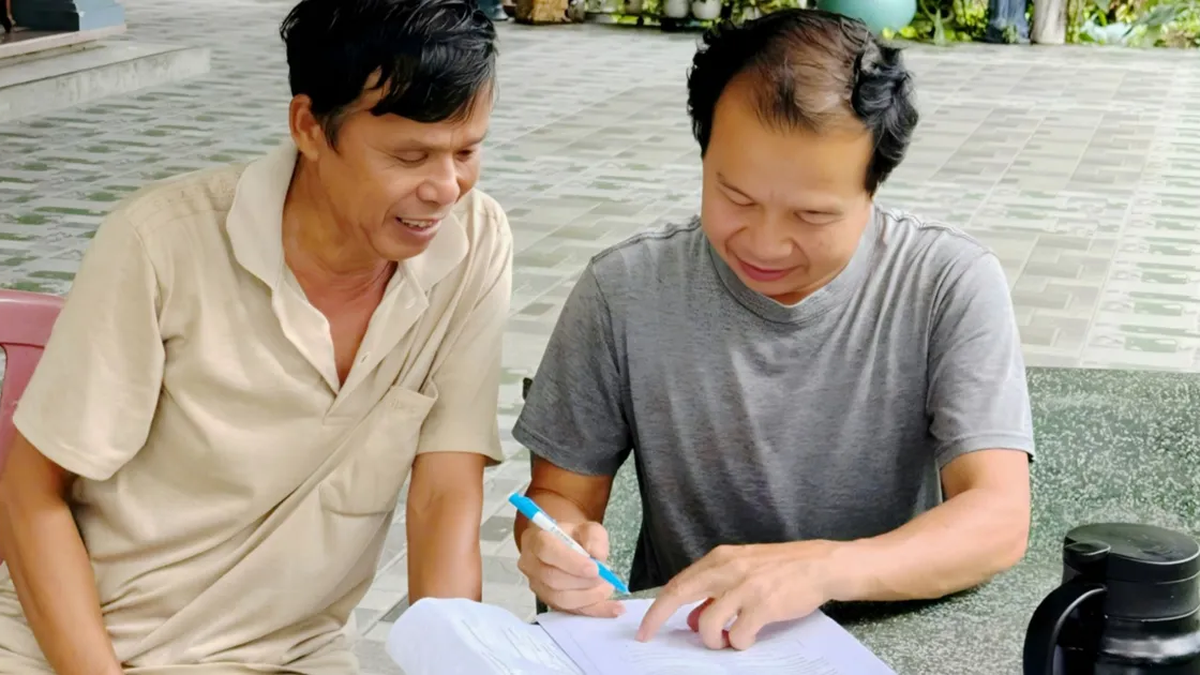
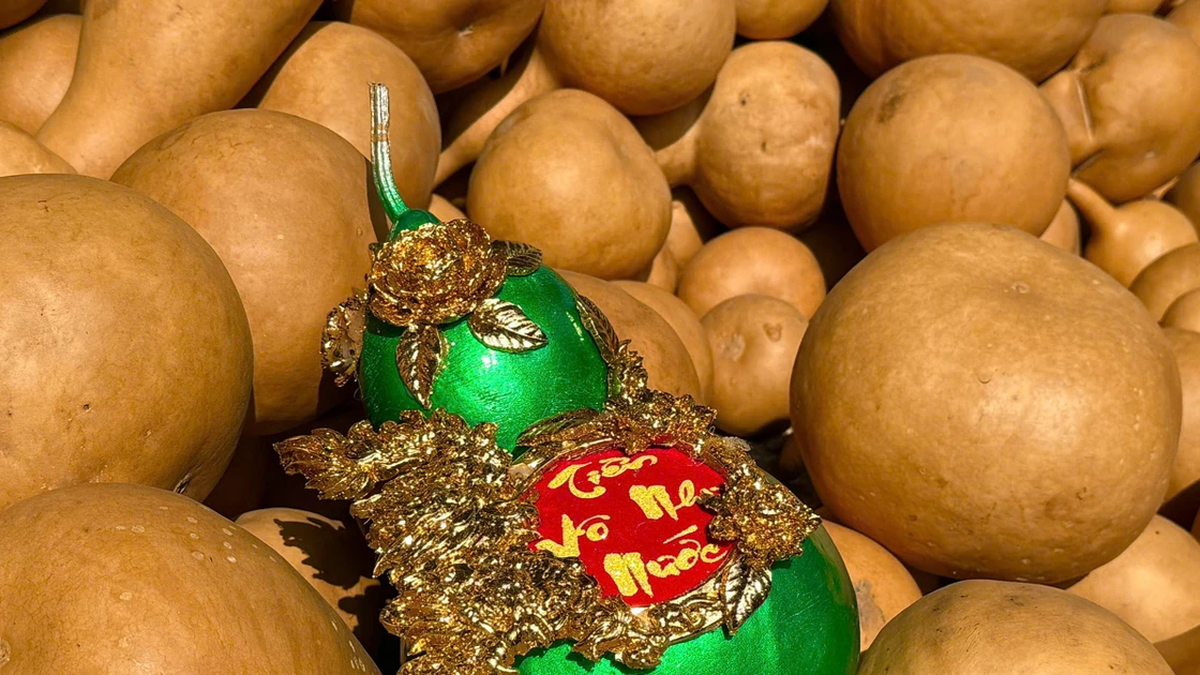
























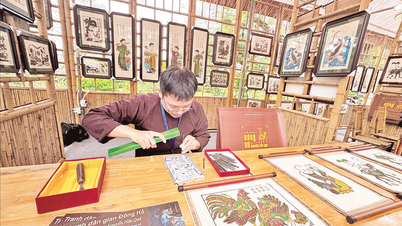


















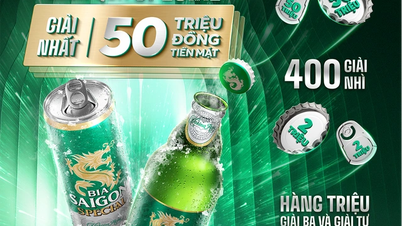





















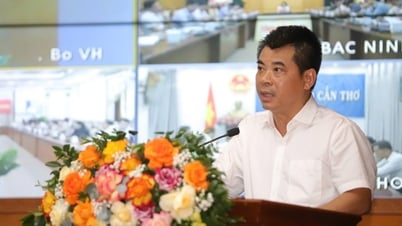









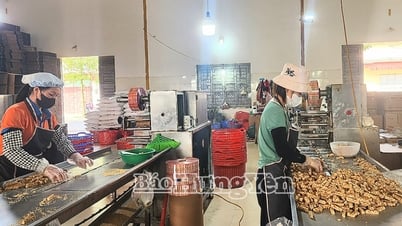















Comment (0)